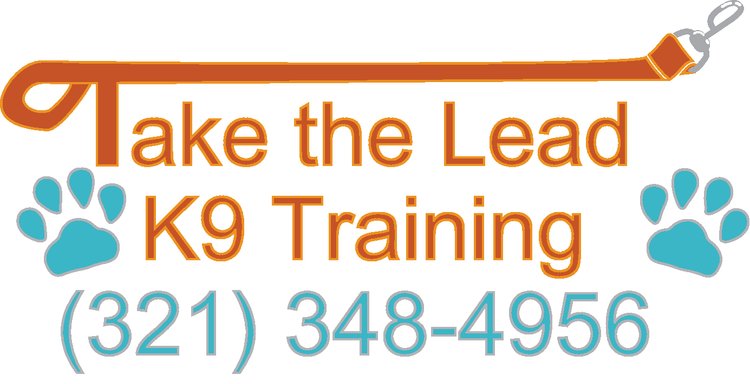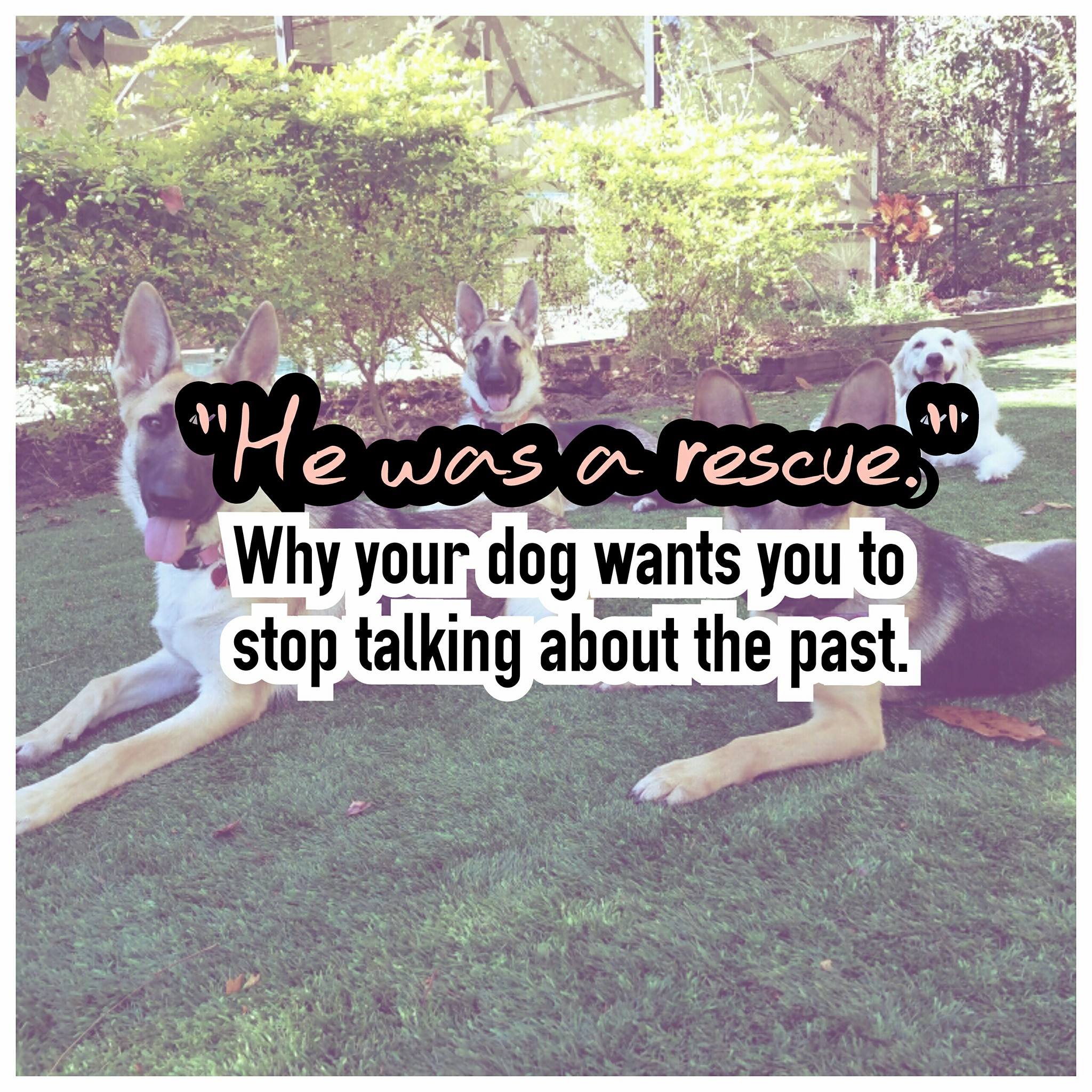When it comes to dogs fighting with each other or biting people, it's important to remember that the fight or bite is actually not the problem (although, obviously it is a huge and dangerous issue). What I mean, is that the aggressive situation is a symptom of problems that have been festering for a while in your pack - most often the relationship you have with your dog, and the resulting dynamics based off of it.
When my dogs were fighting, it was a no brainer to say "they obviously don't see me as the Pack Leader...duh!" The simple part was identifying the lack of leadership - the hard part was doing something about it because I had no clue. The more I began to learn about dogs, the more their behaviors made sense to me and the more prepared I was to advocate, teach, guide, set boundaries for, and correct my dogs.
In my pack one of the biggest triggers leading up to a fight was possessiveness. Once you live with a possessive dog (one who claims or acts like they "own" a person, space, or item) you quickly become very aware to when and where those moments occur. One of my dogs was extremely possessive of resources (food, toys, space) and people (anyone who was petting him or being close to him was "his"). Basically, if the corgi had something he deemed was valuable, the greyhound was in trouble if he came too close OR if the corgi was getting pet by someone, the greyhound could not come close without getting bitten. To this day, I am always very on alert when multiple dogs are gathering to receive affection from someone - more often than not, unless the relationship between dog(s) and human is in the right place, various levels of possessiveness will appear. It could be one dog bopping or blocking the others out the way with their body, a quick snap or growl, or a full on dog-fight. The "right" relationship for multi-dog affection means all dogs respect the human and their space, have clear and believable boundaries set by that human, understand the rules and consequences in play, and feel that person has strong leadership. Unfortunately, these are things most human/dog relationships are missing, especially in this multi-dog scenario, because it's likely a person petting and playing with multiple dogs at the same time, which is often a high pressure/not-such-a-good-time-to-be-doing-that situation, often only shares softness and affection in general. It's the formula for problems!
Possessiveness is really very common in the dog world and really easy for us, as humans, to nurture- which means with possessiveness often comes entitlement. Many dogs don't start out really possessive of people/items (granted there are genetic resource guarding tendencies in certain breeds), but without clear boundaries and expectation set they start to make their own rules. You'll see dogs taking more control and an active role of where people can walk in your house or where you can sit (again through body language, pushy behavior, growling, barking, biting) and where the other dogs can move about, where they will position themselves on furniture and in proximity to you and other dogs/people. Again, without your dog being in a behaviorally productive relationship with their humans, they will see their people with lots of softness and accommodating tendencies, that are fun to dish out from the humans POV and appreciated by the dog, but not holding up to the task of keeping the chaos and competition at bay...thus, troubled waters!
A good indicator of relationship issues, which will likely lead to conflict in your pack and trouble with your dog, is if your dog is possessive over you - not just toys, food, and space, but YOU their human (or other members of your family). A dog who "owns you" and denies any one or anything close to you or your property (unless you have invested trained protection dog doing its job...and most pets are NOT that by any means) is likely anxious, stressed, and rather entitled. They've learned through unintentionally encouragement (like petting a barking/growling dog in a lap and them being allowed to practice that behavior often), self reward (guarding something and moving people/other animals away with that behavior), AND lack of consequence (never being told "no" you can not act like that, in a way that is valuable enough to change how they behave in that scenario). Do you think your dog may have possessive issues?
The good news is, once your realize that's an issue you can start working on your relationship, and your journey to be the Leader your dog needs! You'll know you're moving the right way when your do is not acting possessive of you! But how do you get there? You start by building a new relationship - based on a teacher-student principle (and not the easy teacher- the one who was really hard and made you do your work, graded tough, and made you WORK to pass!) of teaching and learning, with set boundaries and expectations, rules, and consequences. If you haven't already, cut back on affection and intimate moments like furniture privileges and sleeping in bed. By keeping your possessive dog out of your personal space bubble, you are not empowering those tendencies. Instead, teach your dog to be OK standing alone - holding place command, and respecting the boundary so that guests can give you a hug when they come inside. Teach your dog to rest calmly and quietly in their crate, so that they arn't growling at your spouse to come back to bed or are growling at you for bumping into them. Don't give them a seemingly "soft" person to guard - instead, show them that you are the strongest in the relationship and are the one to keep all of you safe.
Remember, that un-earned affection is one of the most challenging things for dogs to have from you and see you in that role of control. Affection, however, is one of our FAVORITE things as people to share with our dogs! If you can redefine how you share affection and love with your dog - in a way that moves your relationship, your pack dynamic, and their behavior in the right direction, instead of just softness, petting, free roam, un-earned rewards, and accommodating behaviors on our end. There will be plenty of time to share affection and be buddies with your dog, ONCE they are making better choices and you are being the leader they need. Until then, make them safe and comfortable so that they can keep living their best life with you.
Also, please exercise caution when sharing affection with multiple dogs, giving food resources to multiple dogs, greeting yourself or someone else with a dog pretty contently in their personal space bubble, or interacting with a dog who is feeling empowered on furniture or with a food/toy/guardable resource. Changing the mind of your dog and adjusting your relationship is a process that takes time, and remember that if there are other people interacting with your dogs, that will affect and influence behavior as well. You may be tough as nails and strict to the T with your dogs and what they are allowed to do, but if someone soft is sharing affection or involved with/engaging with them, it's still an easy opportunity for guarding to happen because of the immediate leadership gap relationship. Dogs are not dumb - they asses the other people and animals around them immediately to see what their role needs to be to be most comfortable, safe, and productive...and if that means taking control because someone soft is around, that's what they will do! Be smart, be safe, and please get help from a professional if things are becoming dangerous (or before they do)!
Becoming the leader my dogs needed, and learning what to look for in scenarios where possessiveness was prime to take place made me a better dog owner, a more knowledgeable dog person...and in the end, a dog trainer, too! :)








